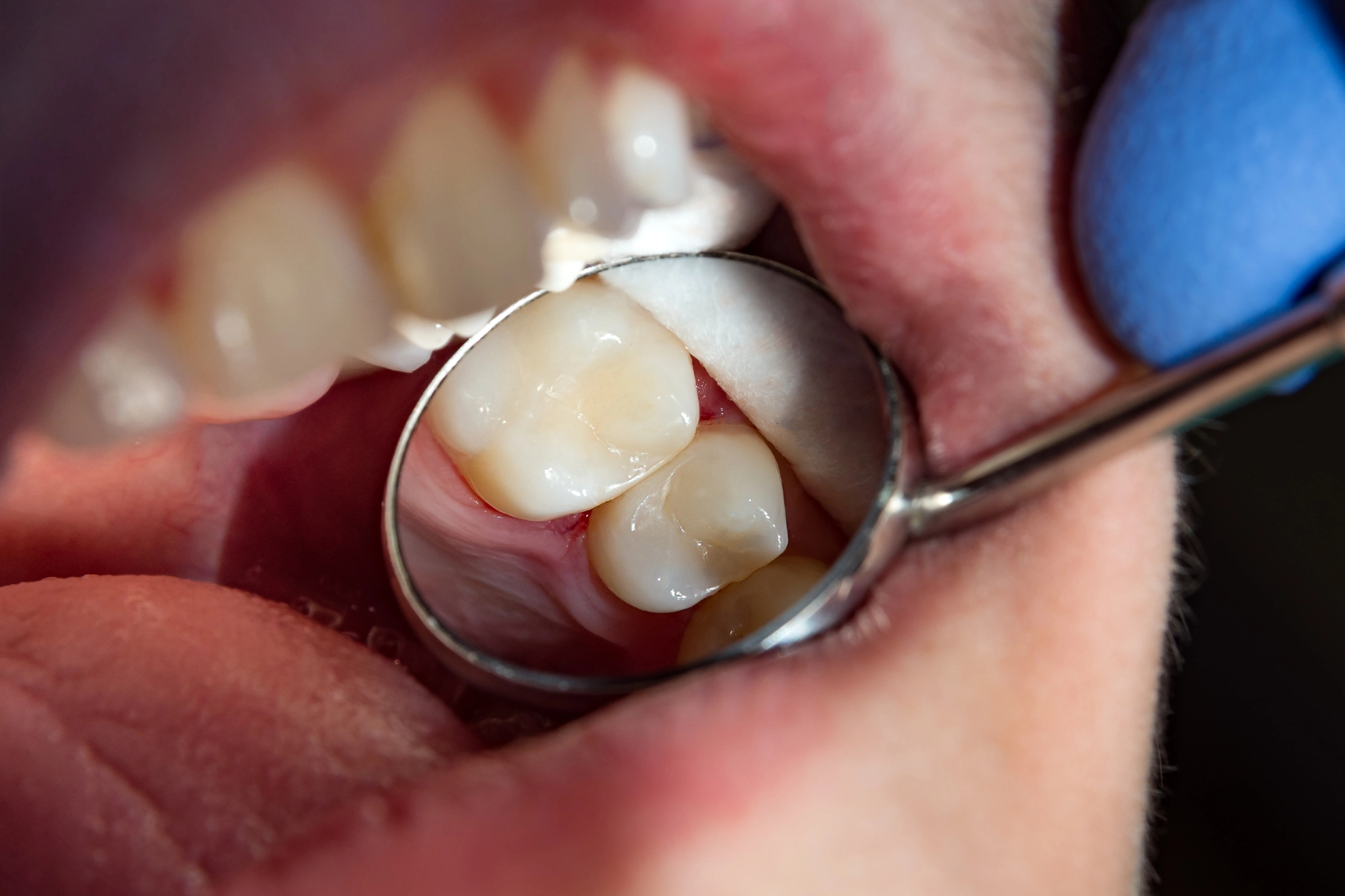Are you searching for an affordable dental crown near me without compromising on quality care? Finding a balance between cost and quality is possible by exploring various options and understanding what factors contribute to the pricing of dental crowns. With the right approach, you can achieve the dental care you need without straining your budget.
Affordable dental crown near me
Understanding dental crown costs is essential for anyone seeking affordable dental crown options. The price of a dental crown can vary significantly based on several factors, including the material used, the complexity of the procedure, and the location of the dental practice. When searching for an “affordable dental crown near me,” it’s important to consider these variables to ensure you receive quality care without overspending.
The type of material chosen for a dental crown can greatly influence the overall cost. Common materials include porcelain, ceramic, and metal alloys, each offering different benefits and price points. For those interested in learning more about selecting the right material for their needs, the article Best Dental Crown Material for Molars Choosing the Right Option for Strength and Durability provides valuable insights into making an informed decision.
Affordable dental crown near me
Exploring local dental clinics can be a beneficial step in finding affordable dental crown options. Many clinics offer a range of services that cater to different budgets, ensuring that quality care is accessible to everyone. By visiting nearby clinics, you can compare prices and services, which can help you make an informed decision about where to receive treatment.
When searching for an affordable dental crown near me, it’s important to consider the reputation and experience of the dental professionals at each clinic. This can provide peace of mind knowing that your dental health is in capable hands. For more information on available options, you can explore Dental Crowns In Meridian to learn more about the services offered in your area.
Comparing Crown Material Options
When considering affordable dental crowns, understanding the different material options can be crucial in making an informed decision. Dental crowns are typically made from materials such as porcelain, ceramic, metal alloys, or a combination of these. Each material offers unique benefits and potential drawbacks, which can influence factors like durability, appearance, and cost. Porcelain and ceramic crowns are often chosen for their natural look, while metal alloys might be preferred for their strength and longevity. By comparing these options, patients can better understand how each material aligns with their needs and budget, ensuring they receive quality care without overspending.
Insurance and Dental Crowns
When searching for an affordable dental crown near me, understanding how insurance can play a role in covering the costs is crucial. Dental insurance often covers a portion of the expenses associated with dental crowns, depending on the specifics of your plan. It’s important to review your policy to determine what percentage of the crown’s cost is covered and whether there are any limitations or waiting periods. By leveraging your insurance benefits, you can significantly reduce out-of-pocket expenses, making it easier to access quality dental care. For more information on dental services, consider visiting Alliance Dental Care at Meridian Dentist.
Payment Plans for Dental Work
Finding an affordable dental crown near me can be a challenge, but exploring payment plans for dental work can make it more manageable. Many dental practices offer flexible payment options that allow patients to spread the cost of their treatments over time, making it easier to budget for necessary dental care. These plans can be particularly beneficial for those seeking an affordable dental crown near me, as they provide a way to access quality care without the immediate financial burden. By considering payment plans, patients can prioritize their oral health while maintaining financial stability.
Community Health Resources
When searching for an affordable dental crown near me, exploring community health resources can be a valuable step. These resources often provide access to dental care options that prioritize affordability and quality. By connecting with local health organizations, individuals may find opportunities to receive necessary dental treatments, including crowns, at reduced costs. Community health resources play a crucial role in making dental care more accessible, ensuring that everyone has the chance to maintain their oral health without financial strain.
Dental Schools and Affordable Care
Exploring options for an affordable dental crown near me often leads individuals to consider dental schools as a viable choice. Dental schools provide a unique opportunity for patients to receive quality dental care at reduced costs, as students perform procedures under the supervision of experienced professionals. This setting not only ensures that patients receive attentive care but also supports the educational growth of future dentists. By choosing this route, individuals can access necessary dental treatments, such as crowns, without the financial strain typically associated with private practices.
Evaluating Dentist Qualifications
When searching for an affordable dental crown near me, it’s essential to consider the qualifications of the dentist to ensure quality care. A well-qualified dentist typically has extensive education and training, which can be verified through their credentials and professional affiliations. By focusing on the dentist’s expertise and experience, you can feel confident in receiving a dental crown that meets your needs without compromising on quality or affordability.
Balancing Cost and Quality
When searching for an affordable dental crown near me, it’s essential to consider both cost and quality to ensure you receive the best care possible. While affordability is a significant factor, the quality of the dental crown and the expertise of the dental professional are equally important. Striking a balance between these elements can lead to a satisfactory dental experience that meets your financial needs without compromising on the quality of care.
Conclusion
Discovering an affordable dental crown near me is possible without compromising on quality; call 208-608-2098 or check out the reviews on Google Maps to learn more.





